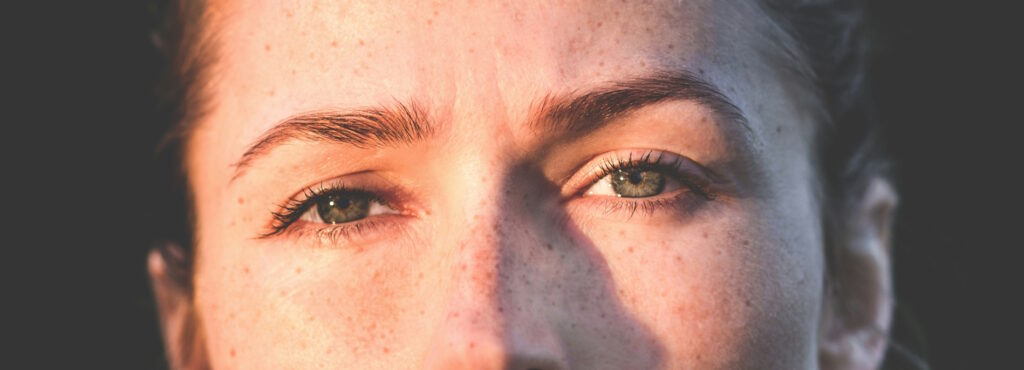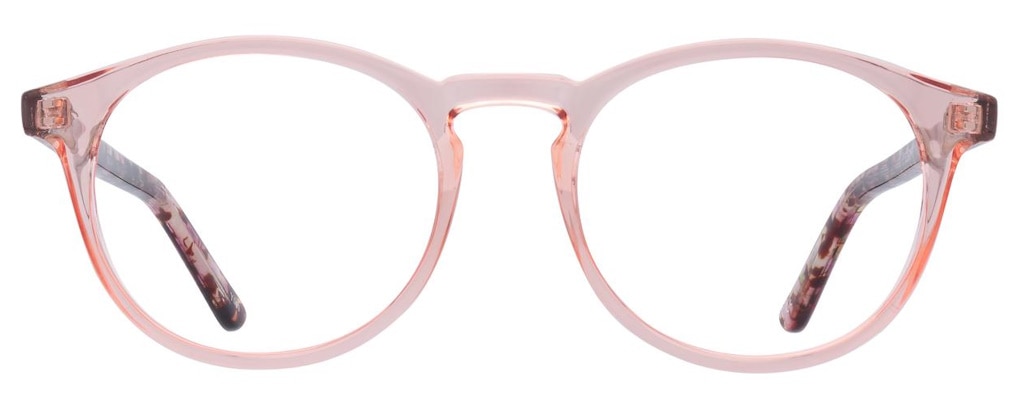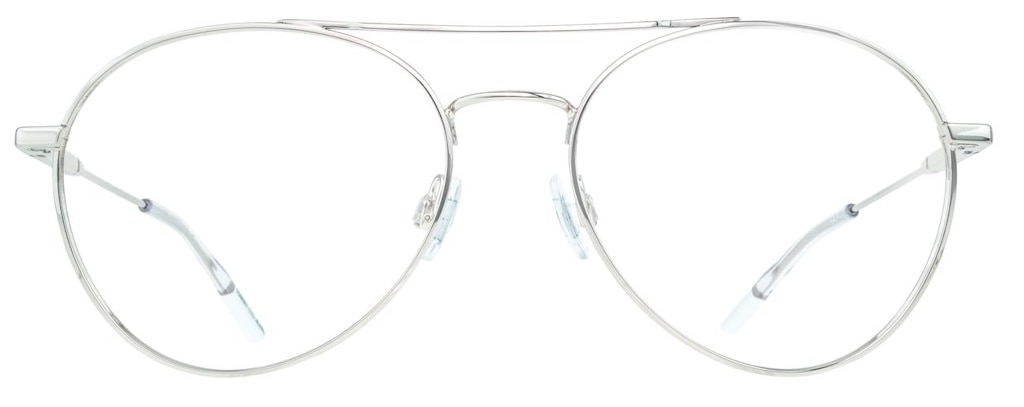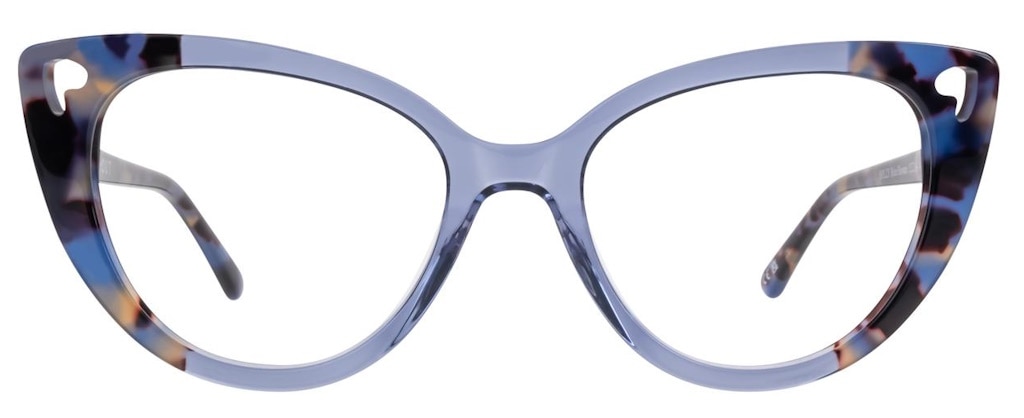Despite being very unusual, grey eyes do in fact exist. They are captivating and have an enigmatic charm. The Ancient Greeks believed having this particular trait was a true reflection of wisdom. People who have this eye colour may appear to have a strong exterior when in fact they are very gentle. Are you one of the lucky few to have the unique grey eye colour? Or do you know someone who does? Many people mistake them for blue, but actually there is a very big difference between the two. Keep reading to find out more about this striking eye colour. Discover how rare it is and how your genetics play a part in what colour eyes you have.
What causes this distinctive eye colour?
The amount of melanin pigment in the iris, which is the coloured tissue surrounding the pupil of your eye, determines what colour your eyes will be. Melanin is a brown pigment that also decides your hair and skin colour. People with darker eyes (like brown eyes) have a larger amount of melanin in the front of their eye. Meanwhile, those with green, amber and hazel eyes have a moderate amount. Individuals with very light eyes like blue and grey, have little to no melanin pigment in the iris.
The iris of your eye consists of two layers. As mentioned, people with grey eyes have little to no melanin at the front of their eye but the back is still brown with melanin pigment. Between them is the stroma which is a clear tissue that contains various proteins, which includes collagen. Due to the fact that grey eyes have a lack of pigment, this causes the collagen fibres to scatter and absorb light differently. Light is then reflected back out which causes a cloudiness in the stroma that makes it appear as though you have greyish eyes.

Is this eye colour recessive?
Family genetics also have a big part to play in what colour your eyes will be. For a long time, it was believed that eye colour was caused by a single dominant gene. Darker eyes are dominant, whist lighter eyes are recessive. In order for a recessive gene to appear, it would need to be inherited from both the mother and the father. So, for a baby to have blue eyes, both parents would have to pass on the recessive gene. This does not necessarily mean that they both need to have blue eyes, instead they could simply be a carrier of the gene and pass it on to their child.
However, if the baby inherited one gene for brown eyes and one for blue eyes, the dominant brown eyes would be the inherited trait. Grey eyes are very rare and are neither recessive nor dominant. Instead, they are thought to be the result of a genetic mutation which causes less melanin to be produced in your eye.
Although your parents genes have a big influence, we now know that there are lots of different genes that play a part in what colour your eyes will be.
How rare are grey eyes?
Individuals all over the world have different eye colours and believe it or not, a very small number also have purple eyes. But how many people have grey eyes? Well, it is estimated that less than 3% of people in the world have this distinctive trait. You are very unlikely to ever see someone with natural grey eyes but it is not completely impossible.
This rare eye colour is most common among people of European descent, especially those born in countries like Norway, Iceland, Sweden, Ireland and Finland. In Asia and Africa, it is one of the rarest eye colours.

Can grey eyes change colour?
Grey eyes may appear to change colour depending on the lighting and the clothes you are wearing at the time. You may even notice that your eyes look blue or even green in some lights.
This particular eye colour comes in a variety of different shades, including smoky-coloured eyes, steel or dark grey eyes, icy-coloured eyes, blue-grey eyes, greenish-grey eyes and grey with hints of hazel.
Grey eyes vs. blue eyes
People often mistake grey eyes for blue but each colour is unique in its own way. Both grey and blue eyes have a low amount of melanin which means the collagen fibres in the eye scatter and absorb longer wavelengths of light. Blue light is then reflected back out which gives them a blueish colour. The reason they look grey instead of blue is because of the larger amount of collagen in the stroma which means even more light scatters. This is similar to a grey, cloudy sky because when light interacts with the drops of water, the wavelengths are scattered equally. Except, in this case, instead of drops of water, there are deposits of collagen. This explains why blue eyes may look more vivid, whilst grey eyes appear slightly cloudy.
But, how exactly do you tell them apart? Blue eyes tend to be a royal blue or sapphire colour. They are also lighter around the outside and darker in the middle. In contrast, grey eyes are darker around the edges and lighter in the centre. Their unique appearance is one of the many reasons why grey eyes are seen as attractive. They also have brown specks in the iris whilst blue eyes tend to have gold and yellow flecks.
Grey eyes vs. green eyes
Green and grey eyes have more noticeable differences compared to blue and grey. Green eyes have very little melanin but they do have a greater amount than blue or grey eyes. The low amount of melanin creates what is known as a Rayleigh scattering which results in light being reflected by the eyes rather than being absorbed by the pigment. They also have a large amount of the yellowish-brown pigmentation referred to as lipochrome.
Despite this, it is actually possible for people to have green-grey eyes. Some grey eyes have patches of the iris that appear to be a green colour.

Are people with grey eyes more sensitive to light?
When the melanin pigment absorbs light, it helps to protect your eyes from damage caused by UV light and High Energy Visible (HEV) blue light. As mentioned previously, individuals with lighter eyes have little to no melanin in the front part of the iris. This means they are far more likely to have a sensitivity to bright light and consequently are more vulnerable to sun damage caused by UV rays.
Being overexposed to the sun can make you more prone to certain health issues like ocular melanoma (a rare form of eye cancer) and more commonly, age-related macular degeneration (AMD), which can ultimately result in sight loss. People with grey eyes have a higher chance of developing AMD. Our recommendation for anyone with this eye colour is to take extra care. Always make sure you wear suitable eyewear at all times. Most importantly, make sure your sunglasses provide 100% UVA/B protection.
We have a full selection of sunglasses tints which provide reliable protection. You can pick from dark tints, gradient tints, or polarised sunglasses. We also offer light intelligent lenses which are very convenient and transform from standard clear glasses inside to a pair of reliable sunglasses when you head outside in bright sunlight.
The truth is, whatever eye colour you have, it is still vital to make your eye health a top priority. Always book frequent eye exams and make sure your prescription is up to date. This will help identify signs of any eye or health conditions early on.
What glasses suit my eye colour?
Any kind of grey, silver or blue-coloured glasses will make grey eyes pop. They are also well complemented by bright hues like pink, yellow, red and orange designs. Bold patterns like tortoiseshell also work brilliantly with grey eyes because they are so neutral in appearance, giving you a simple foundation to work from.








